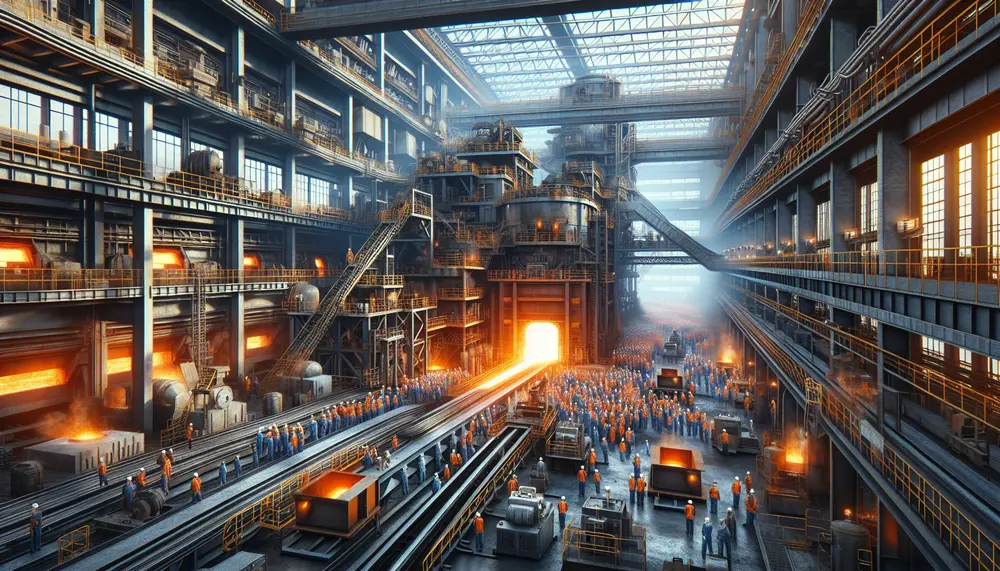Forging
Forging
Willkommen zu unserem Glossar Eintrag über ein wichtiges Thema in der Stahlproduktion und dem Stahlhandel: Schmieden oder Forging. Für alle Einsteiger und Interessierten ist es wichtig zu verstehen, dass Schmieden ein Prozess in der Stahlbearbeitung ist, der eine große Rolle spielt, um das Endprodukt zu gestalten.
Was ist Forging?
Forging ist der Prozess, bei dem Metall durch Druck und Verformung in eine bestimmte Form gebracht wird. Das geschieht oft bei hohen Temperaturen, um das Metall weniger widerstandsfähig zu machen. Das Schmieden ist eine der ältesten bekannten Metallbearbeitungstechniken und wird schon seit Jahrtausenden verwendet.
Die Techniken des Forging
Es gibt viele verschiedene Techniken, die beim Forging verwendet werden könnten. Die zwei am häufigsten verwendeten sind Freiformschmieden und Gesenkschmieden. Bei dem Freiformschmieden wird das Metall in Form gebracht, indem es zwischen zwei Oberflächen geformt wird, oft mittels eines Hammers. Beim Gesenkschmieden dagegen werden extrem starke Pressen verwendet, um das Metall in eine vordefinierte Form zu zwingen.
Für was wird Forging verwendet?
In der Stahlproduktion und dem Stahlhandel ist Forging ein unentbehrlicher Prozess, der weit verbreitet ist. Von Autoteilen, über Werkzeuge bis hin zu Küchengeräten, Schmiedeteile sind überall. Sie sind stark, langlebig und können in fast jede Form gebracht werden.
Die Vorteile von Forging
Es gibt viele Gründe, warum Forging im Bereich der Stahlproduktion so weit verbreitet ist. Zum einen verbessert der Schmiedeprozess die Festigkeit des Metalls. Darüber hinaus können durch das Schmieden präzise, komplexe Formen erstellt werden. Schmiedeteile sind oft sehr langlebig und benötigen wenig Wartung.
Zusammenfassung
Zusammenfassend lässt sich sagen, dass Forging ein unerlässlicher Bestandteil der Stahlproduktion und des Stahlhandels ist. Seine Vielfältigen Einsatzmöglichkeiten machen es zu einem wertvollen Werkzeug in der Metall verarbeitenden Industrie. Es wird spannend zu sehen sein, wie sich dieses alte Handwerk in den kommenden Jahren weiterentwickelt und welche Innovationen es hervorbringen wird.
Blog Posts with the term: Forging
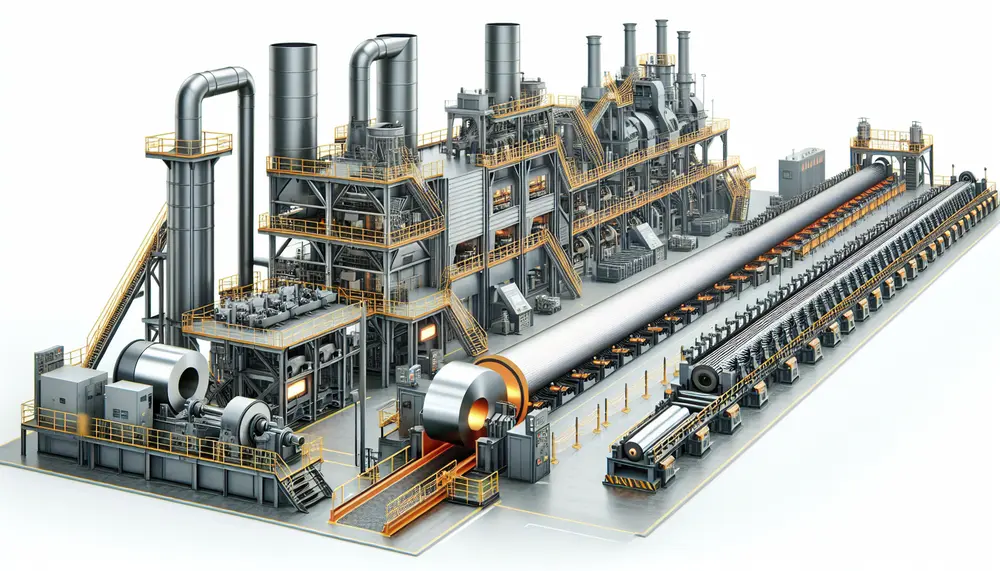
Steel manufacturing is a complex process that transforms iron ore into steel, involving precise heating and mixing to create different grades for various applications. The journey includes primary methods like Basic Oxygen Steelmaking (BOS) and Electric Arc Furnace (EAF), followed...

Kuwait's steel production is on the rise due to government initiatives, modernized facilities, and strategic location for trade. This growth supports economic diversification and attracts investment but also raises concerns about environmental impact and resource usage....
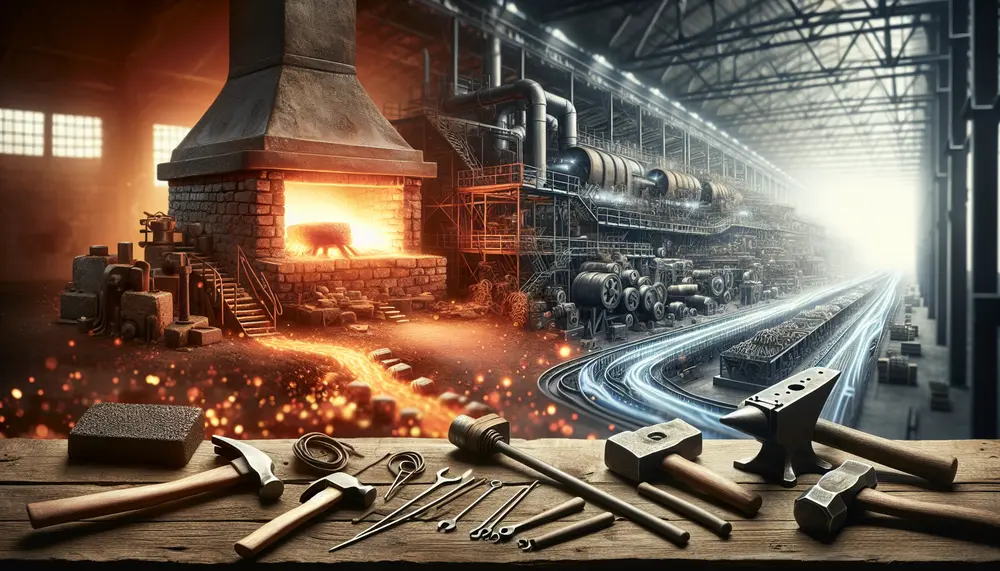
Steel's origins trace back to meteoric iron and evolved with human discovery of smelting around 2500 BCE, leading from the Bronze Age into the Iron Age. The Bessemer Process in the mid-19th century revolutionized steel production, enabling mass production and...
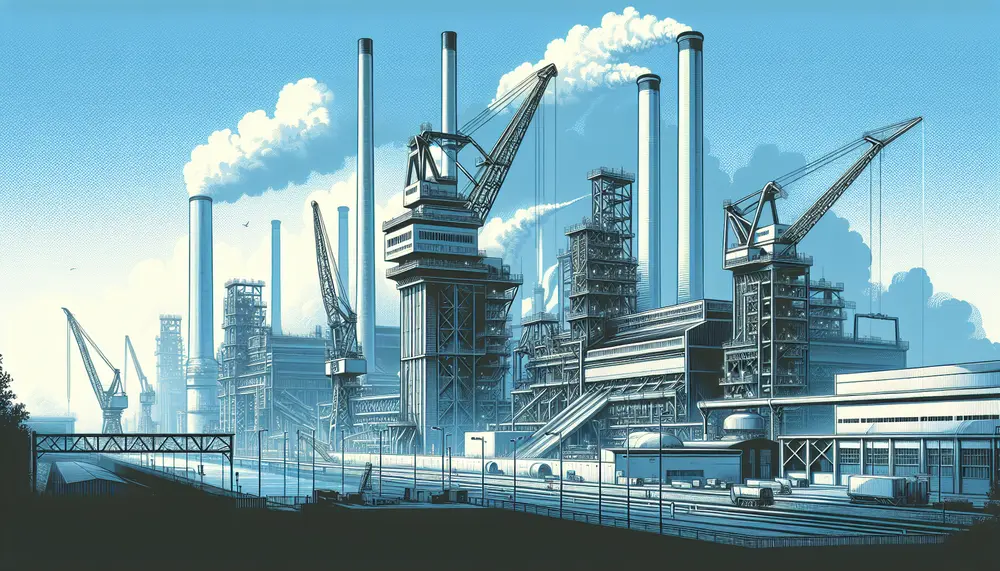
Steel production is a fundamental aspect of Luxembourg's economy, driving innovation, job creation, and international trade while shaping the nation’s industrial landscape. The industry has evolved through technological advancements and sustainability efforts to maintain its relevance in the global market....
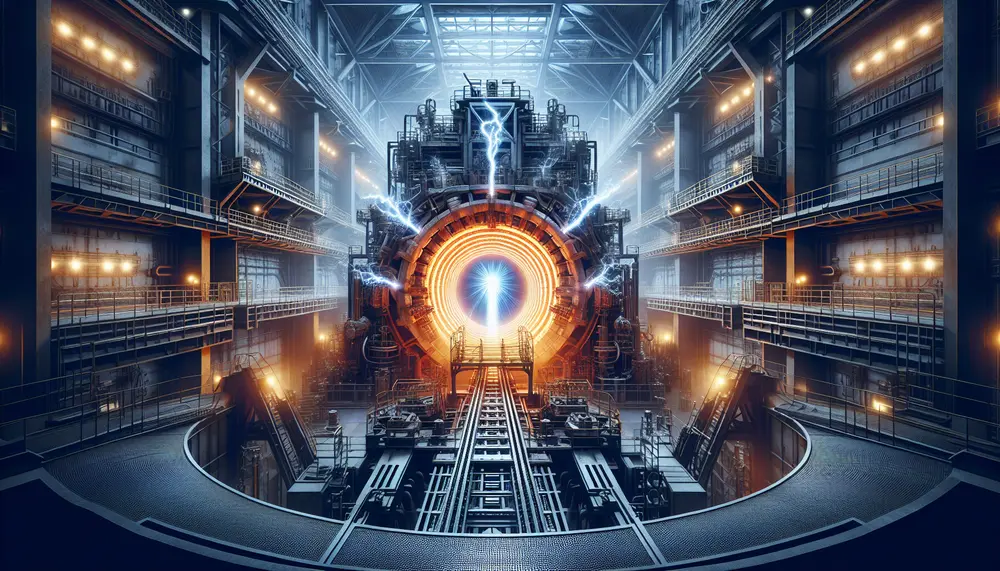
The electric arc furnace (EAF) revolutionizes steel making by melting recycled scrap with high-power electric arcs, offering a more environmentally friendly alternative to traditional blast furnaces. EAFs provide flexibility in production, reduce greenhouse gas emissions and energy consumption, and allow...
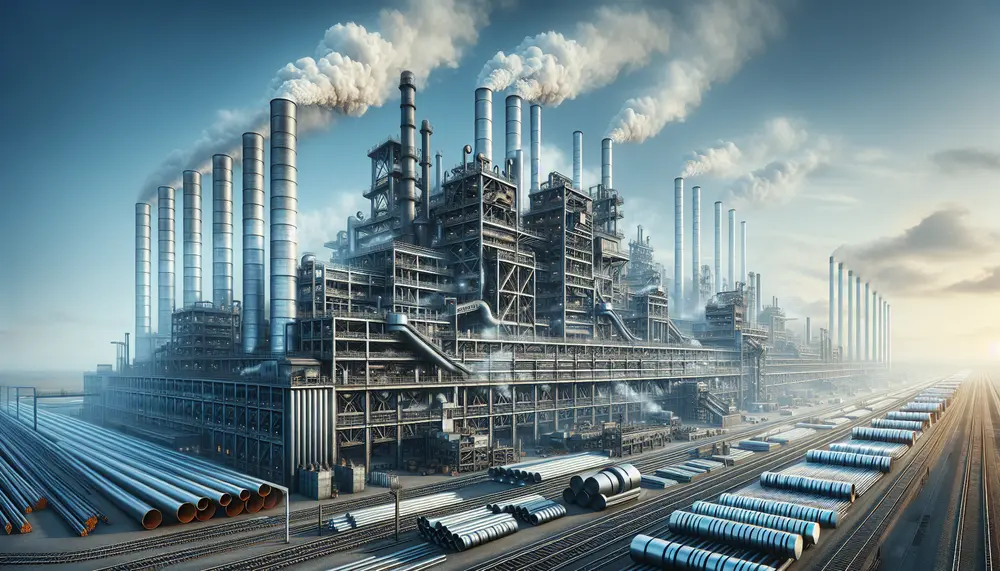
Steel was crucial in World War II, serving as the backbone for military equipment and influencing nations' industrial might. The escalation of steel production played a pivotal role in the Allied victory, with advancements in technology and massive job creation. Steel's...
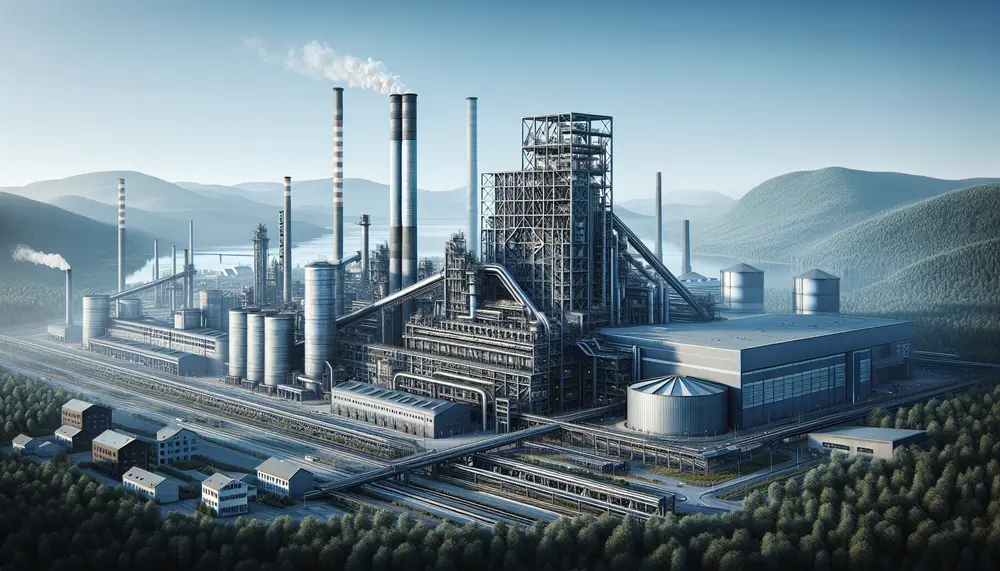
Norway's steel industry is known for its innovation, sustainability, and use of clean energy like hydroelectric power and hydrogen to minimize environmental impact while maintaining high-quality production. Despite challenges such as high labor costs and reliance on imported raw materials,...
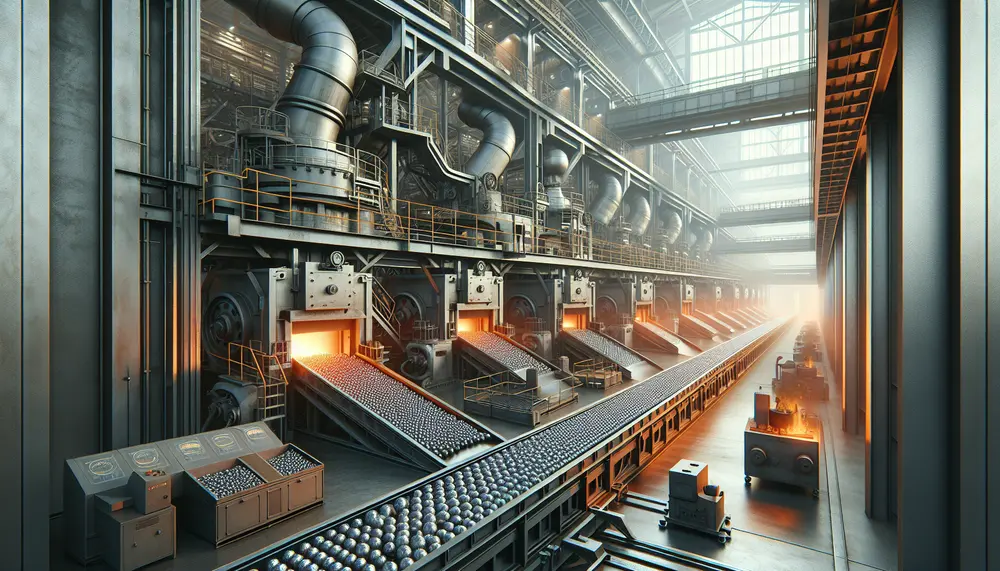
The manufacturing of steel balls is a complex process involving precise steps to produce high-quality products for various applications. It starts with selecting the right raw materials and includes forging, flashing, heat treating, grinding, lapping, and rigorous inspections to ensure...
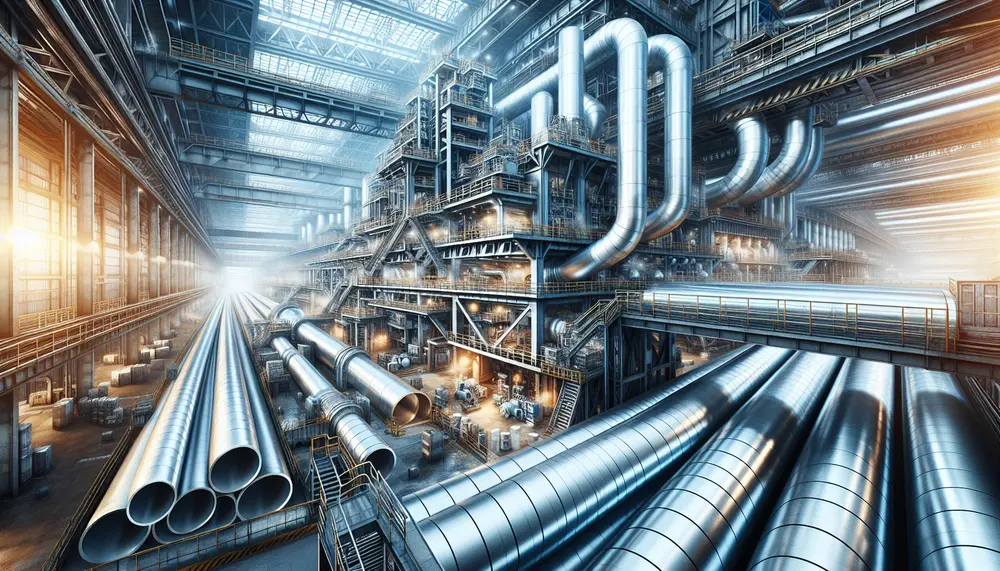
Japan's steel industry rose from the post-WWII era to become a global leader through strategic investments in technology, quality control, and export-oriented policies. Key factors for this success include R&D commitment, high-quality standards, advantageous locations for trade routes, skilled workforce...
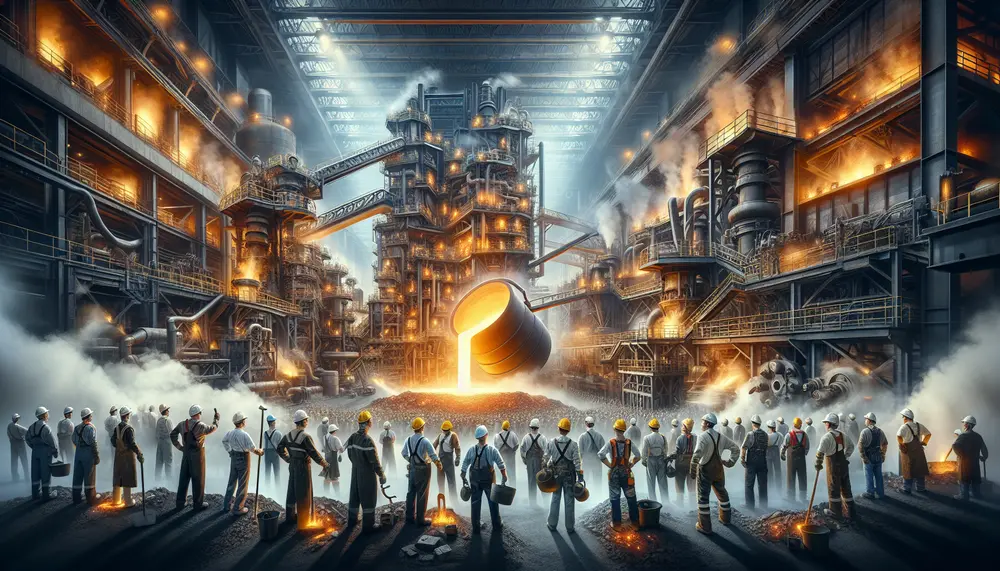
The article provides an overview of steel making, detailing its historical evolution and main processes such as ironmaking, primary and secondary steelmaking, casting, and forming; it highlights the importance of methods like the basic oxygen process and electric arc furnace...

Turkey's steel industry is a key economic pillar, known for its high-quality production and strategic location that bridges Europe and Asia. Despite challenges like raw material dependency and global price fluctuations, the sector has shown resilience through innovation and contributes...
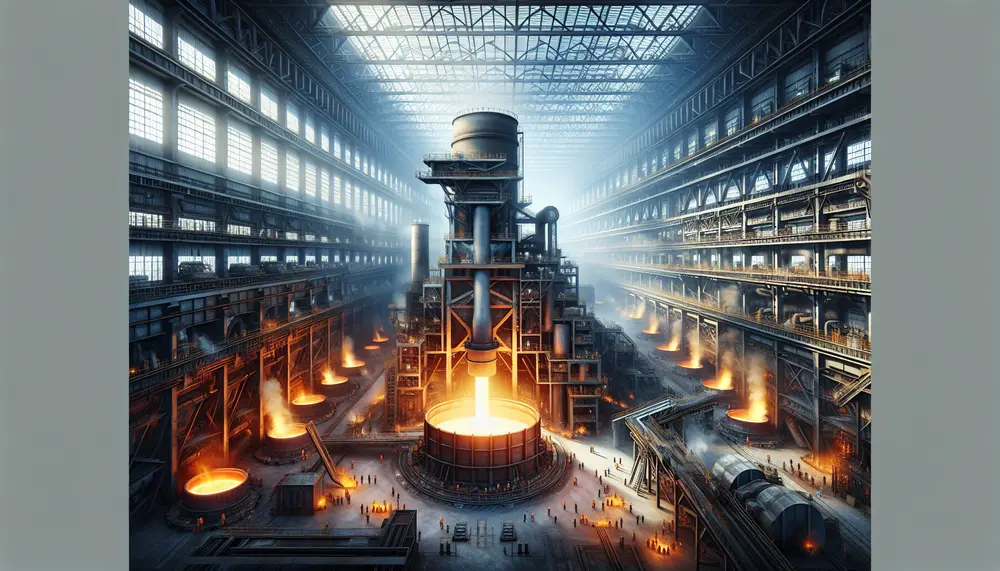
The article traces the history of steelmaking from early iron discoveries around 2,500 BCE to advanced techniques like Chinese cast iron production and Indian Wootz steel. It highlights key innovations such as smelting, forging by the Chalybes, and global influences...
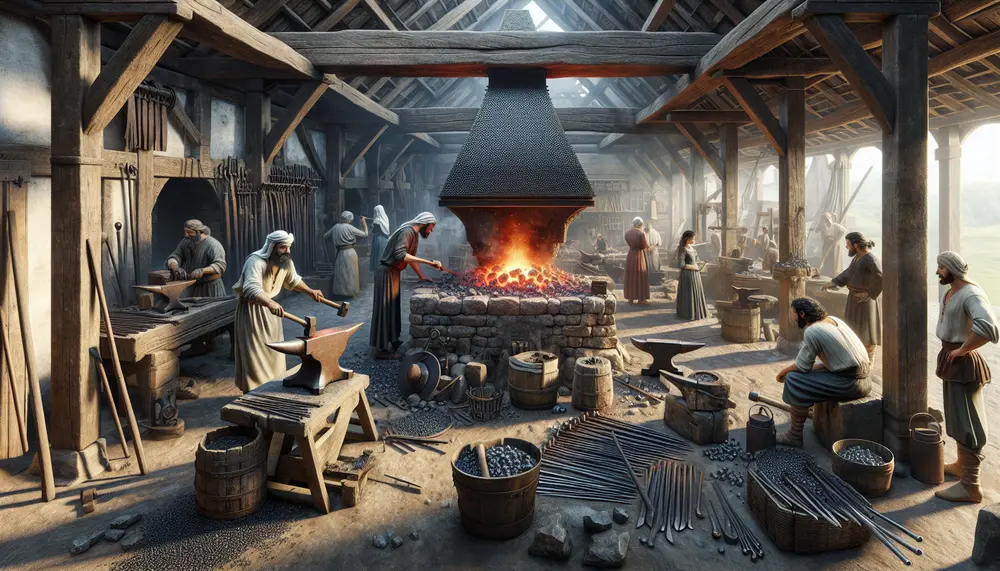
The article "Introduction to Ancient Steel Making" explores the historical context, key techniques, and materials used in ancient steel production across various civilizations. It highlights how early methods influenced modern steel making and underscores the ingenuity of our ancestors in...
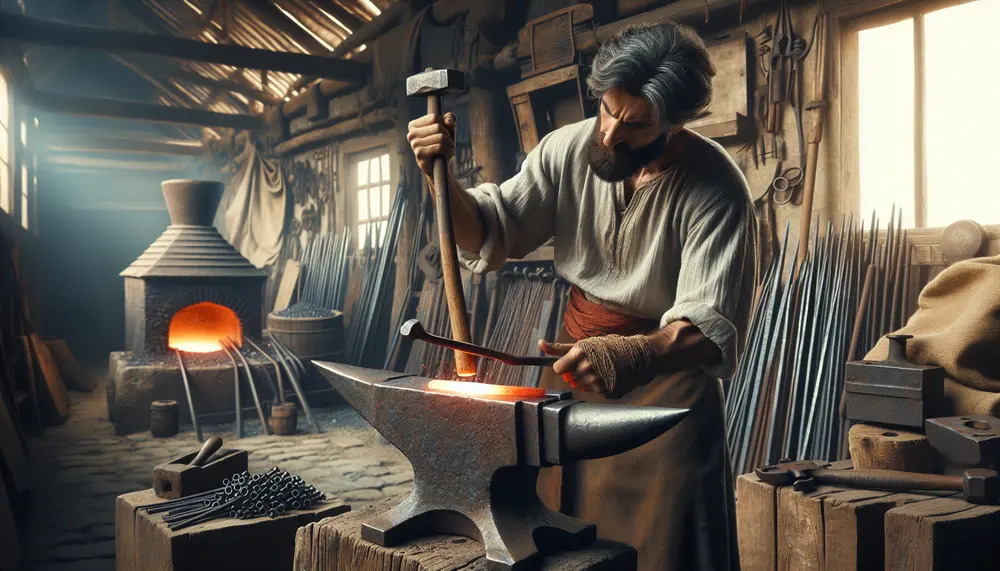
Japanese steelmaking blends ancient traditions with modern innovations, producing some of the world's finest steel. This article explores its rich history from early Tatara furnaces to advanced techniques today, highlighting the craftsmanship and enduring legacy of Japanese steel production....

